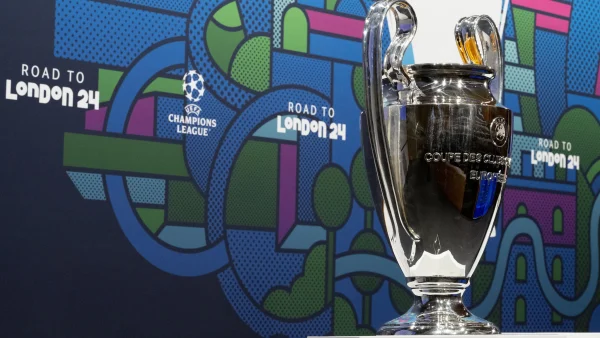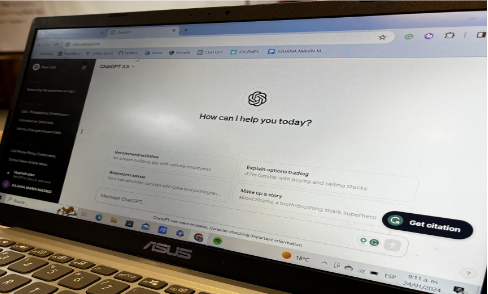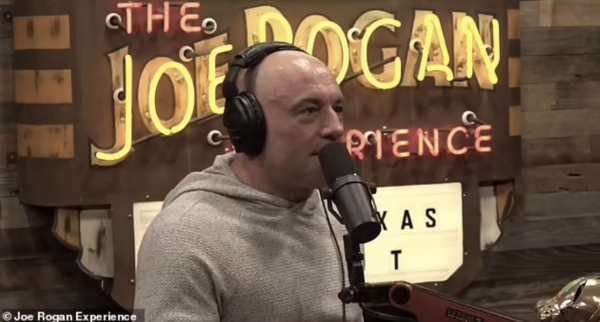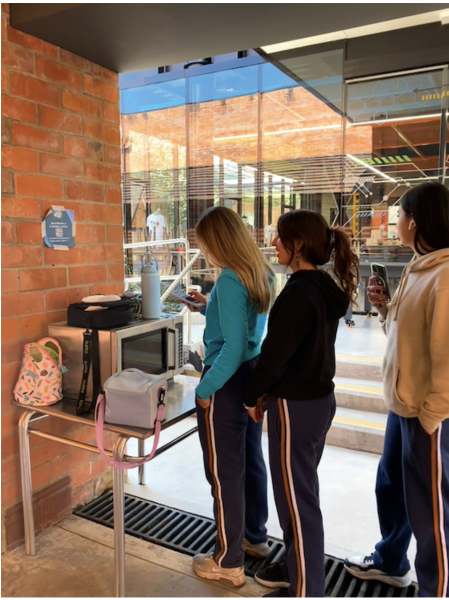Getting People to Vote: A Forever Issue
One in every two people don’t use their right to vote in Colombia, one in every ten people don’t use their right to vote in Australia. What is the difference between the two countries that makes it happen? Voter turnouts have always been an issue, it has been a horrible struggle for politicians to convince their citizens to go to the polls and give their opinion on the matters the country has in hand. Many solutions have come up, but none without controversy. Still, I believe governments should implement some sort of incentive to get people to go out and vote.
Sometype of voter incentive causes a higher voter turnout, it is irrefutable. It is clear how voter turnouts are affected highly when governments intervene with some type of stimulus, “countries like Australia make it mandatory (to vote) with a small fine, a citation which turns out to produce a much higher voter turnout,” Brian Summers, 10th grade Economics & US History teacher, said. Australia, according to the IDEA has a 91% voter turnout for their latest parliamentary elections compared to a mere 49% in Colombia and 42% in France (countries that don’t have any type of incentive in voting process). So, it’s clear, incentives like a fine small citation can help people appeal to the polls. Countries should implement some type of incentive that doesn’t cost money, we must remember making elections already is extremely expensive, but instead, making people not voting something beneficial for the state. For example, making them pay through money or through social service hours. Even though getting people to vote is essential we still don’t know if making people vote just because they need to vote is actually healthy for a democracy.
Voters aren’t perfect, many times they fail in making the correct decision due to laziness or a lack of focus on the vital subjects. Voters have been proven to focus more on the person they are electing than the person’s actual stance on fundamental issues in the country. For example, “Mexican-American voters had good reason to be suspicious of President Gerald Ford in 1976 because he didn’t know how to eat a tamale–a shortcoming revealed during his Texas GOP primary campaign against Ronald Reagan, when he made the mistake of trying to down one without first removing its cornhusk wrapper” (Bartels). This proves that most times voters don’t truly look at what the candidate says but instead focus on the candidate itself.
So, if we are getting people out to vote we also need to make sure they are making informed decisions, not guessing their way through avoiding a penalty. For this reason companies like Ballotready have risen which help voters make informed decisions, “A BallotReady user enters his street address and then is presented with a list of all the elections that will appear on his ballot, along with candidate names, biographies, endorsements and their views on prominent issues” (Maciag). A combination of both systems would help assure a healthy democracy. A healthy democracy is not only composed then of people going out to vote but of informed people going to the ballots. This way we can assure that we are getting everyone’s opinion and at the same time getting informed opinions.
“Democracies that don’t learn from their mistakes end up in civil wars,” Norberto Villa, 10th grade spanish teacher, said. Our democracies aren’t perfect and sometimes feel that are still far away from being it. We need to take conscience about the problems in our systems and work our ways around them to truly achieve the governance that people deserve, it is the only way. Voters need to say they opinion, but first, we need to make sure they have one.

























